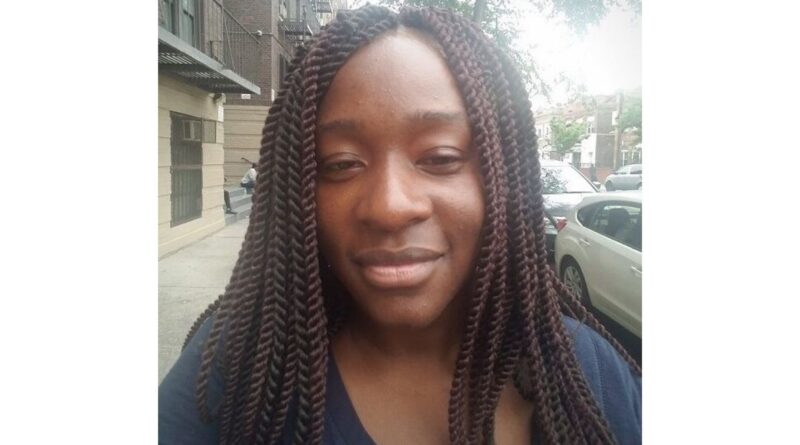Resident Roundtable Member Spotlight
Aissata Diaby, East River Houses
Aissata Diaby is one of the 32 members of the Resident Roundtable, a committee launched in June 2021 to ensure that residents continue to play an important role in NYCHA’s Transformation Plan.
Resident Roundtable members serve for two years and are tasked with gaining input from fellow residents to help identify and prioritize new topics, making recommendations on NYCHA policies and programs, and advising and actively participating in the implementation of approved recommendations. Ms. Diaby represents the Manhattan 5 area, which includes East River, Wilson, Wagner, and Jefferson Houses.
Ms. Diaby became a NYCHA resident in 2018 when she moved into Monroe Houses in the Bronx. Since March 2021, she has been living in Manhattan’s East River Houses. “I decided to become a member of the Resident Roundtable because I wanted to provide my input through a different platform than the resident association,” she noted. “I think the Resident Roundtable can make a big impact.”
Ms. Diaby is all about resident engagement. She enrolled in the Resident Leadership Academy to learn about public housing from an academic point of view. The Resident Leadership Academy is a free, two-year program that provides training and leadership skills to residents interested in taking a more active role in civic life. Ms. Diaby plans to add her academic knowledge gained in the Academy to her own firsthand knowledge of public housing. “We have a great resource to be better and more informed leaders in the future,” she added. “I am focusing on residents’ quality of life and better communication with management.”
In her day job with a non-profit, Ms. Diaby helps people with intellectual and developmental disabilities: “I’ve been working in advocacy for a while. I come from an African background with a strong focus on family and supporting family structures – and that, I believe, helped me to become a Resident Roundtable member.”
“Resident Roundtable members are people with different backgrounds and ideas,” she explained. “They gather together to come up with new ideas on how to make NYCHA better. Understanding how different groups of people work together helps inform how we can engage with residents from different developments to work on our end goal together.”
Part of that involves gathering her neighbors’ feedback on how they would like management to respond to various issues, with the aim of improving the quality of life while better including residents in the decision-making process at NYCHA.

